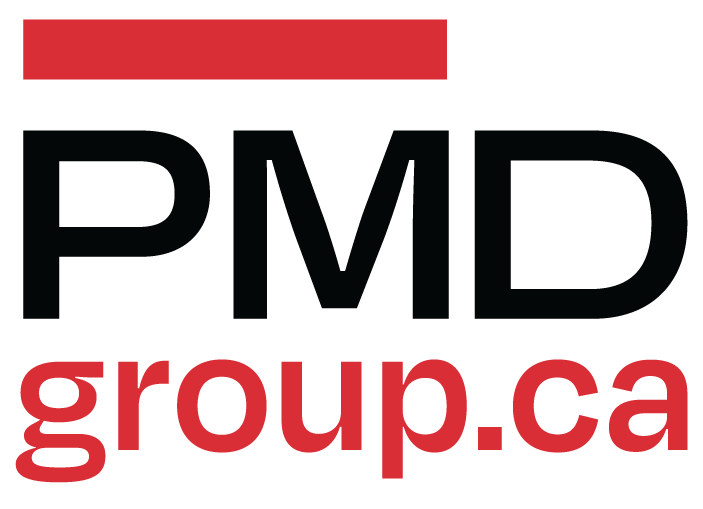Measure for Success
Peter Drucker (1909-2005) was one of the most widely known and influential thinkers on management, whose work continues to be used by managers worldwide. Peter said, “if you can’t measure it, you can’t improve it.” I think more appropriate for the appliance industry: “you can’t manage what you don’t measure”. Specifically, the service department of a retail appliance dealer.
While service is not impossible to operate without measuring performance, I will bet it’s draining margins from the sales side of a dealership. Appliance service departments are often looked at as a cost of doing business. This cannot be farther from the truth. Tasco Distributors in Toronto Canada and Plaza Appliance Mart of North Carolina both enjoyed successful sustained growth after shedding their service departments. Thousands of independent repair shops prosper from appliance repair without appliance sales.
For the record, I believe a dealer differentiates itself from big box stores by offering repair and installation service and further that service feeds sales and sales feeds service.
Two of my top management measuring tools in service operations are separate department financial statements and technician Key Performance Indicators or KPI. Let us focus first on the need for separate monthly profit & loss statements for the service operations. Firstly, to set service rates that deliver profits and second, to know monthly how the department is doing. As Peter says, “if you can’t measure it, you can’t improve it”. Wouldn’t it be useful to know if the service department was profitable monthly rather than 4 months after year-end? Appliance service is profitable. If yours is not act now to improve it.
The P&L statement is a financial measure that summarizes the revenues, costs, and expenses incurred during a specific period.
I wrote last month about setting service rates based on a business’s cost of doing business (CODB). I am shocked at how many large operations I have worked with that cannot accomplish this as they do not have separate financials for the service operations. It takes me three times as much time to calculate what rates a company should set because their department costs are difficult to accurately identify. Larger companies generally have clerical staff to enter payables and expenses into their business management systems (BMS). Once set up it is easy for bookkeepers to allocate all expenses accurately across all departments. Most BMS have to ability to print financials in-house for management monthly. Without separating revenues, cost of goods sold (COGS) and expenses appropriately across a business it is not possible to accurately manage each department. Think of a dealer that sells appliances, mattresses, electronics and provides delivery, service, and installations. Each of these activities requires separate financials to manage each effectively. In addition, overall amalgamated financials are required for IRS, investors, and lending institutions.
COGS are subtracted from the revenues to determine gross profits.
Cost of goods sold is the cost of acquiring or manufacturing the products or services a company sells during the period, so the only costs included in the measure are those directly tied to production, sales or service including the cost of labor and materials. On service financials, COGS are the direct cost of producing goods or services that were purchased by customers during the period. Those COGS are the parts costs and the technician’s wages for that period. All other costs are expenses. Recording these properly on service department financials is crucial when setting service rates and making other decisions in the department. Separate financials may be a challenge to set up but once in place, they are easy to maintain and invaluable to management. The same can be said of key performance indicators in business.
KPI stands for key performance indicator, a quantifiable measure of performance over time for a specific objective. KPIs provide targets for teams to shoot for, milestones to gauge progress, and insights that help people across the organization make better decisions.
Business, in general, has an infinite number of KPIs to look at but let’s keep to the service department. KPIs in a service operation help to measure strengths and identify weaknesses in day-to-day activities. Strengths are to be celebrated and weaknesses should be addressed. On service financials, I recommend the recording of COD, warranty, extended warranty labor, and parts revenues separately. Doing so provides management with a clear understanding of where revenues are coming from and from which manufacturer and brand. A healthy goal in service revenues is 70/30, COD to warranty. As the warranty rate increases profits will decrease. Servicing what you sell often determines how much warranty a company performs and is out of our control. When the warranty to COD ratio is not where you want it promoting COD service is how to return to that healthy ratio of 70/30.
KPI measures strengths and identifies weaknesses.
Setting KPIs for technicians is not only good management it lets employees know how they are performing in managements’ eyes. KPIs should be used to measure what is important to the business and should include at a minimum the number of first-call completes, average labor and parts sales per ticket, the number of call backs, percentage of walks (when no repair is carried out), conversions to sales and on-line review to name a few. By measuring monthly these KPIs for each technician you will establish a competitive culture and drive employee performance. No one wants to be on the bottom of the performance charts on a regular basis. KPIs implement accountability of staff and sets the companies performance expectations every day. KPIs identify the training needs of individual technicians and additional resources your team may need. KPIs also provide an opportunity for managers to deliver the often-overlooked praise and awareness of employee’s performance. KPIs are great for motivating a field service employee who is out of management sight most of their time. Every department should have its own KPIs, use them to manage what is important in your business.

